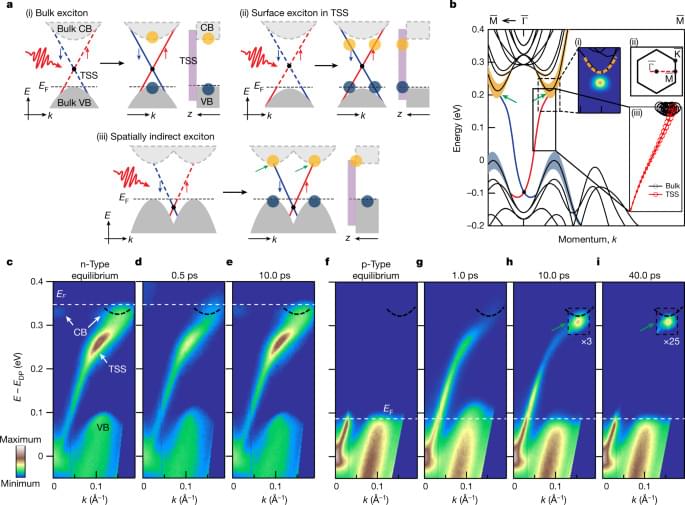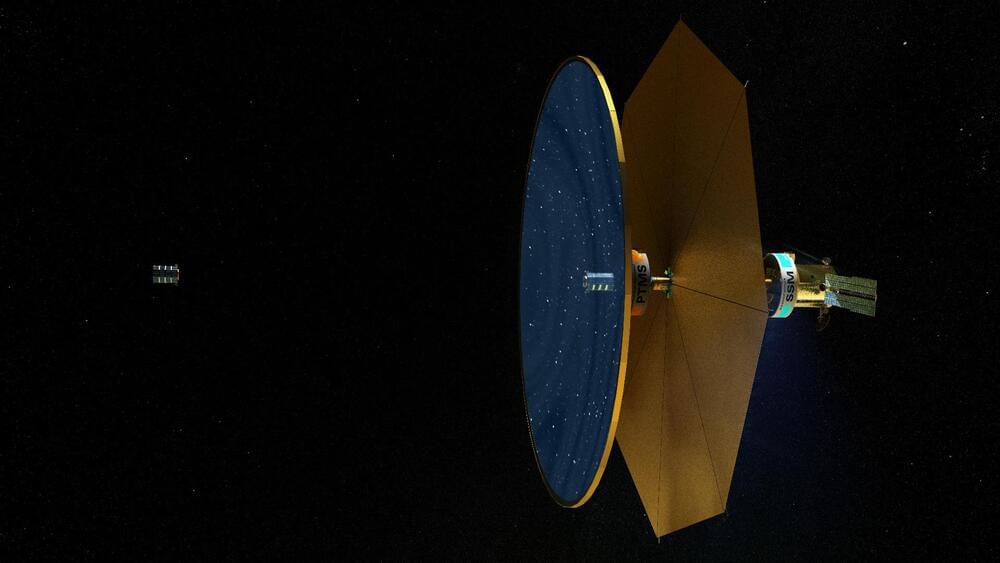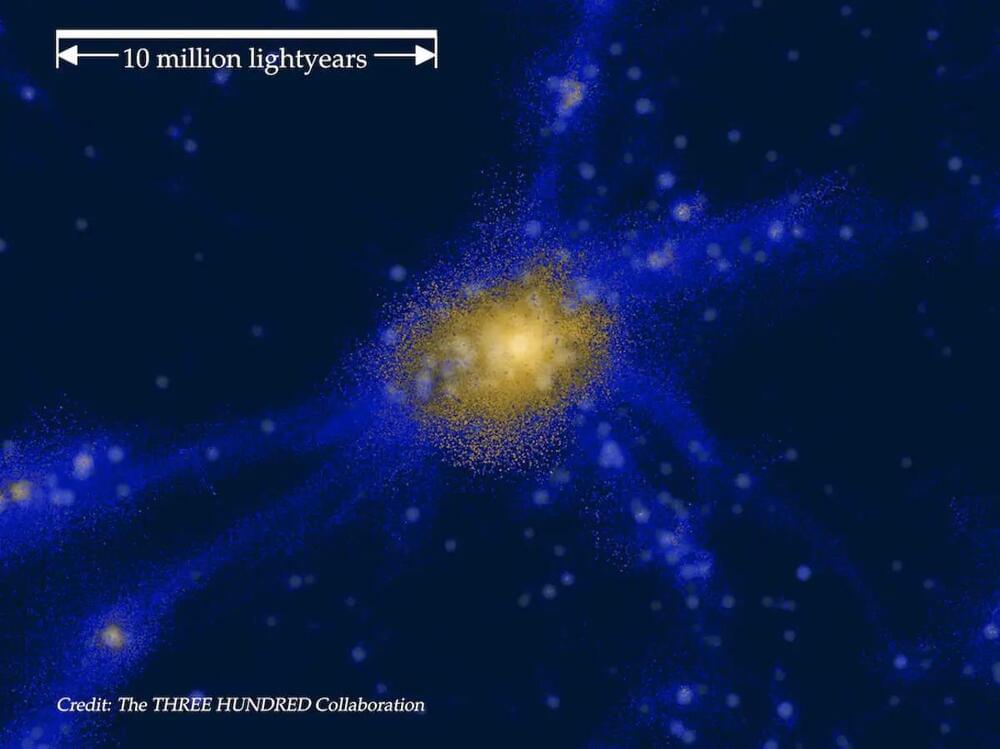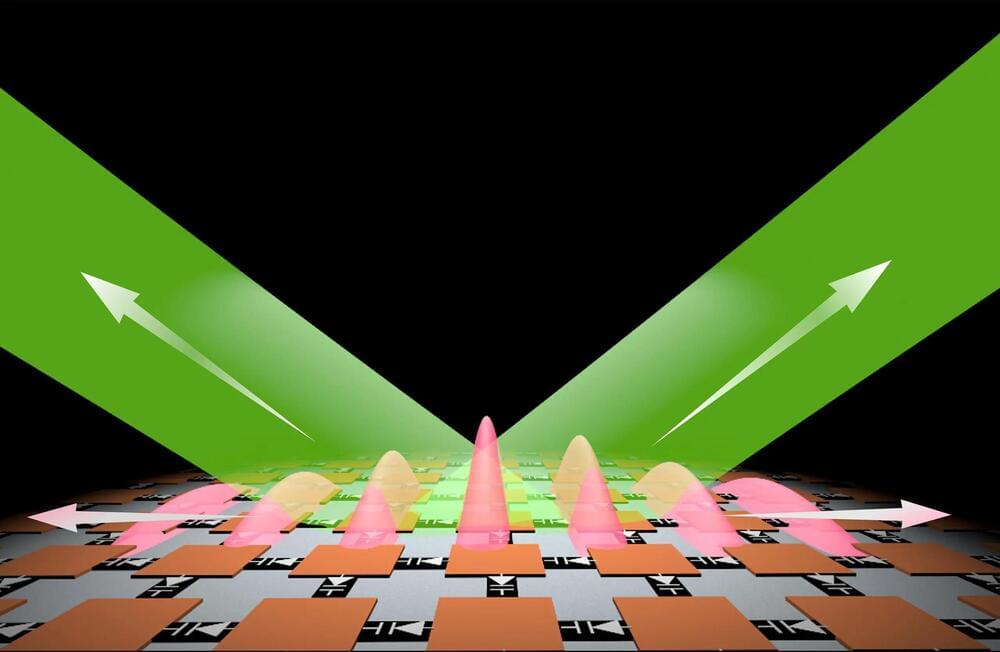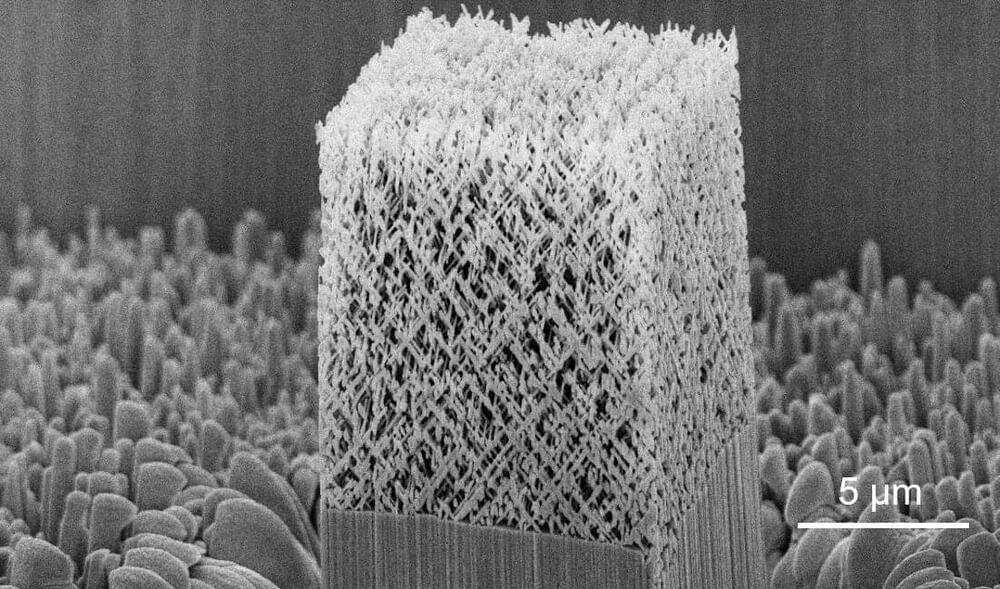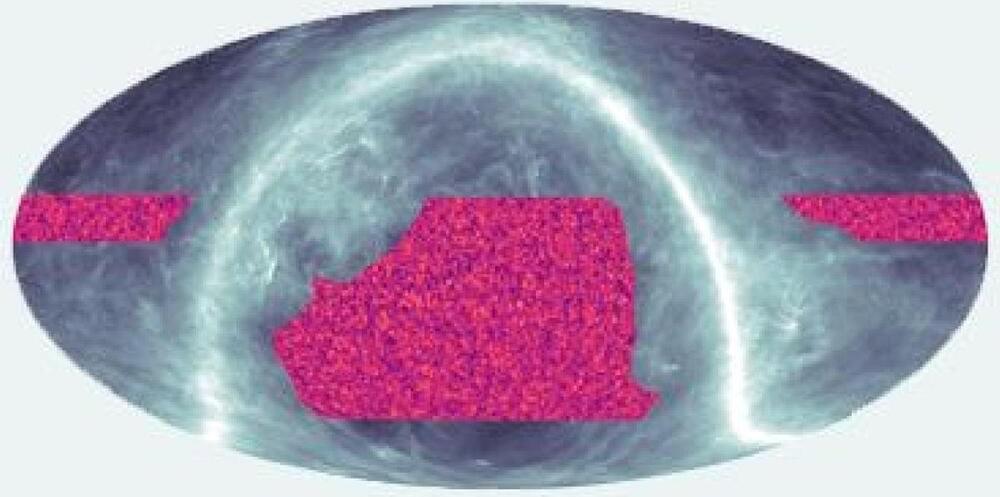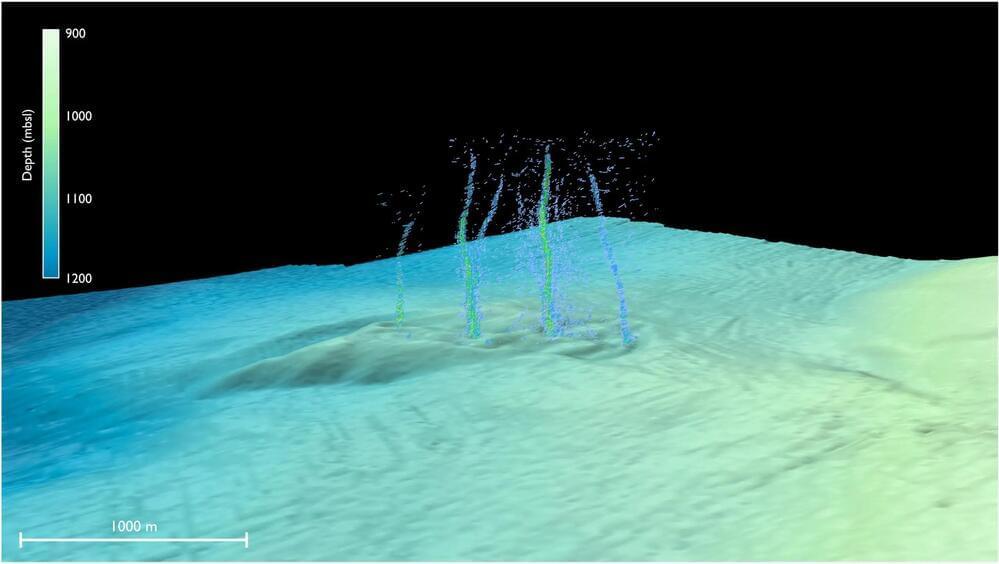Apr 29, 2023
The fired Google engineer who thought its AI could be sentient says Microsoft’s chatbot feels like ‘watching the train wreck happen in real time’
Posted by Kelvin Dafiaghor in categories: physics, policy, robotics/AI, transportation
The Google employee who claimed last June his company’s A.I. model could already be sentient, and was later fired by the company, is still worried about the dangers of new A.I.-powered chatbots, even if he hasn’t tested them himself yet.
Blake Lemoine was let go from Google last summer for violating the company’s confidentiality policy after he published transcripts of several conversations he had with LaMDA, the company’s large language model he helped create that forms the artificial intelligence backbone of Google’s upcoming search engine assistant, the chatbot Bard.
Lemoine told the Washington Post at the time that LaMDA resembled “a 7-year-old, 8-year-old kid that happens to know physics” and said he believed the technology was sentient, while urging Google to take care of it as it would a “sweet kid who just wants to help the world be a better place for all of us.”


